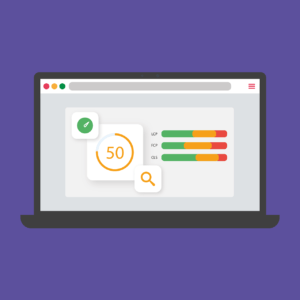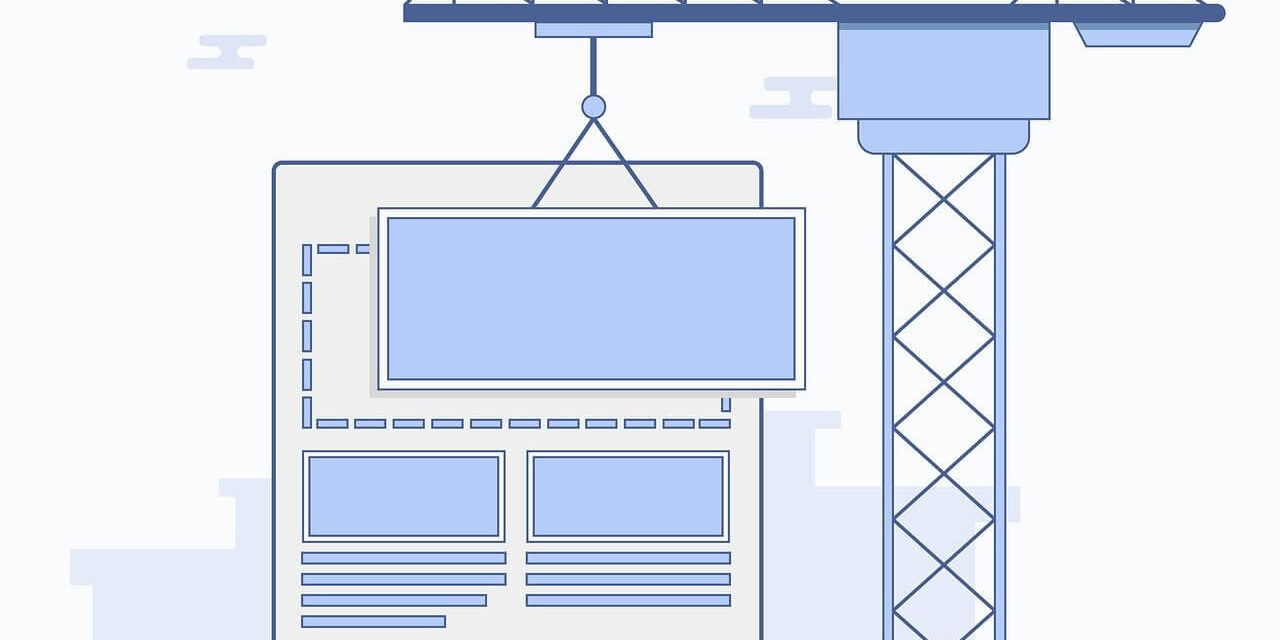Web design means many things to different people, however building a site that ranks well on search engines should be part of the initial web design.
This should be an intrinsic part of your planning process and you should discuss this with your web designer. When you create a site that nails SEO and web design, you make it possible for your business to rank higher in search results, which translates to more traffic, leads, and revenue.
What web design features are search-engine friendly
An SEO-friendly website follows SEO best practices. This means building in specific web design features such as the following:
- A mobile-friendly experience.
- Fast load times.
- Descriptive URLs.
- Search engine friendly content.
- Web page design that encourages users to read and engage with content.
All businesses are different and there is no shortage of advice, however the principle of building an excellent website and telling people about it is key.
Here are some key fundamentals:
- Fundamentals: Domains, hosting and CMS.
- Crawling: The technical bit.
- Information architecture: How to structure your SEO-friendly site.
- Mobile: Mobile-friendly sites need more than just responsive design.
- Page speed: Fast sites make for happy users.
- Usability: Confuse them and lose them.
Fundamentals of web design for SEO
Domain name
Your domain name is the entry point into your website, and there should be one single (canonical) domain. You may have others, but they should all point (redirect) to this one.
 Hosting
Hosting
Slow hosting creates a poor user experience and ultimately creates a site that Google is not so keen to show in the search results. Buy the best web hosting you can afford and discuss the options with your web designer.
CMS or code
Your choice of CMS (content management system) or web coding platform depends on your utterly unique requirements. Ensure you understand why you are using a given platform and don’t just end up with the one your web agency likes to work with. Although we really like WordPress here!
Crawling
Search engines such as Google and Bing send out search bots which crawl websites, gather information and report back to their search engine index. Your website needs to be crawlable to ease this process so search engines can automatically figure out what your website is about and how it matches search engine queries.
Indexing
To understand your site, search engines have to be able to read the content of the page. This means that the main content of your site should be text-based.
Where you have rich media such as videos and images,
Link structure
To index your content beyond the home page, you need internal links that the search engine can crawl and reach deeper into your website.
Information architecture
Arrange your content logically. Bear in minds that a website is not a book where people read in page order. They will skip around the content so the structure and menu become very important.
Your site is the filing cabinet. The major categories are the drawers. The subcategories are the folders in the drawers. The pages are documents in the folders.
- Cabinet: Your website
- Drawer: High-level category
- Folder: Subcategory
- File: Individual document/page
Some sites may take a deep approach to structuring content. Others may take a wide approach. The important takeaway is that things should be organized in a way that makes sense and simplifies navigation and discovery.
URLs and navigation
Your web page URLs should be readable and text based, reflecting the content or topic of the page.
- example.com
- example.com/services/
- example.com/services/seo/
- example.com/services/seo/audits/
Your navigation should be text-based and therefore helps send a signal about the keywords you would like a given page to rank for. More next month.
Get in touch with Dinesh on 07941 686113 or contact us if you need help on web design, web hosting, SEO services or domain names.
For more information: SEO and website design: How to build search engine-friendly sites
Image by Adrian0597 from Pixabay
Image by Diego Velázquez from Pixabay







